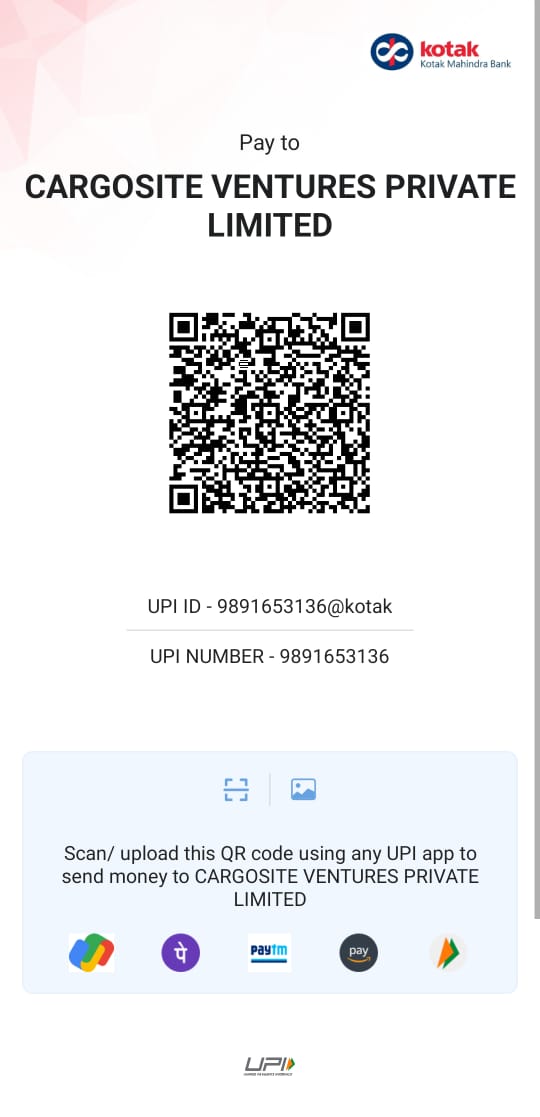Circular No. 09/2019- Customs
F.No.450/26/2019-Cus.IV
Government of India
Ministry of Finance
Department of Revenue
(Central Board of Indirect Taxes & Customs)
ok ok ok ok
Room No. 227B, North Block,
New Delhi 28" February 2019
To
All Principal Chief Commissioners/ Chief Commissioners of Customs / Customs (Prev.)
All Principal Chief Commissioners/ Chief Commissioners of Customs & GST
All Principal Commissioners/ Commissioners of Customs / Customs (Prev.)
All Principal Commissioners/ Commissioners of Customs & GST
All Principal Directors General/ Directors General under CBIC
Subject:- Turant Customs-Next generation reform for Ease of Doing Business - reg.
Sir / Madam,
A critical component of The World Bank's Ease of Doing Business (EODB) Index rankings
2019 is its “Trading Across Borders’ category in which India now stands at rank 80, a huge jump
of 66 ranks from 146 in 2018. This was made possible largely due to several reform measures
initiated and implemented by the CBIC, which inter alia include SWIFT, e-Sanchit, DPD, revised
AEO programme, RFID e-seal programme etc. which combined to reduce the time and cost of
clearance of goods in the various Customs ports. The next target of Government is to be in the top
50 of the EODB ranking in this category and the efforts in this direction are being spearheaded by
the CBIC by the introduction of the next generation reform aptly named Turant Customs. This
reform is a comprehensive package of various elements that would be implemented from time to
time in the next few months.
2. In this regard your attention is drawn to the Bill of Entry (Electronic Integrated Declaration
and Paperless Processing) Regulations, 2018 which require the importers or their authorised
persons
to enter the electronic integrated declaration (Bill of Entry) and the supporting documents
in the Customs Automated System by affixing a digital signature. Accordingly, the supporting
documents are presently uploaded using e—Sanchit from the ICEGATE web portal (refer Circular
No. 40/2017-Customs dated 13.10.2017 and Instruction No. 02/2018 Customs dated 07.02.2018).
Now, in furtherance of these regulations, the importers or their authorised persons would be able
to themselves register the goods online on the ICEGATE web portal after the goods have arrived
(and not after payment of duty, as at present). This self-registration would further reduce the time
of clearance besides freeing the Customs officers for handling other important items of work.
3. A further trade facilitation initiative being introduced in the Customs clearance process is
that of Customs Compliance Verification (CCV) which would operate after an importer registers
the imported goods even while duty has not been paid or its payment is in process. Once the goods
are registered, the proper officer would do all necessary verifications as per Sections 17/18 and
Section 47(1) of the Customs Act, 1962. On satisfaction that the goods are ready for clearance,
but for the payment of duties, the proper officer would confirm the completion of the CCV for the
particular Bill of Entry in the System. Thereafter, on payment of duty by the importer, the Customs
Automated System would electronically give clearance to the Bull of Entry, as provided for in the
Ist proviso to Section 47(1) of the Customs Act, 1962.
4A. It is to be noted that the above new features in ICES 1.5 of granting clearance post CCV
will continue to be subject to the interdictions from the RMS, alerts from agencies such as
Directorate of Revenue Intelligence (DRI), and other local contingencies which are already part
of the inbuilt checks in ICES. Considering that the OOC would normally be given by the System
and not by an officer, the interdicted Bills of Entry will be removed from the queue for electronic
clearance by System mentioned in para 3 above.
5. Further, significant changes have been made in the ICES 1.5 for clearance of imported
eoods after finalisation of assessment and payment of duty under Section 47(1) of the Customs
Act, 1962. The proper officer will now have access to a fully automated queue of Bills of Entry
ready for the grant of clearance in the ICES 1.5 which obviates the present necessity of the
importer/authorised person having to present the Bill of Entry number and date to this officer for
seeking clearance. Based upon the Bills of Entry which are ready for clearance in this automated
queue the proper officer would be able to directly and immediately grant clearance on the System.
Besides greatly reducing the dwell time of the goods that are pending only for the grant of such
clearance, this will reduce the interface of the trade with the department personnel to the advantage
of both.
6. The Bills of Entry which are fully facilitated by the Risk Management System will also be
automatically routed to the proper officer for giving clearance after registration has been
completed by the importer, as explained in the para 2 above. The field formations would be
required to map officers especially for this purpose. The detailed requirements from ICES shall be
separately circulated by DG Systems as an ICES advisory.
7. Suitable trade notice / standing order may be issued to guide the trade and industry.
Difficulty, if any, faced in implementation of these instructions may be brought to the notice of
the Board immediately.
Yours faithfully,
whew eer
(Zubair Riaz)
Director (Customs)

